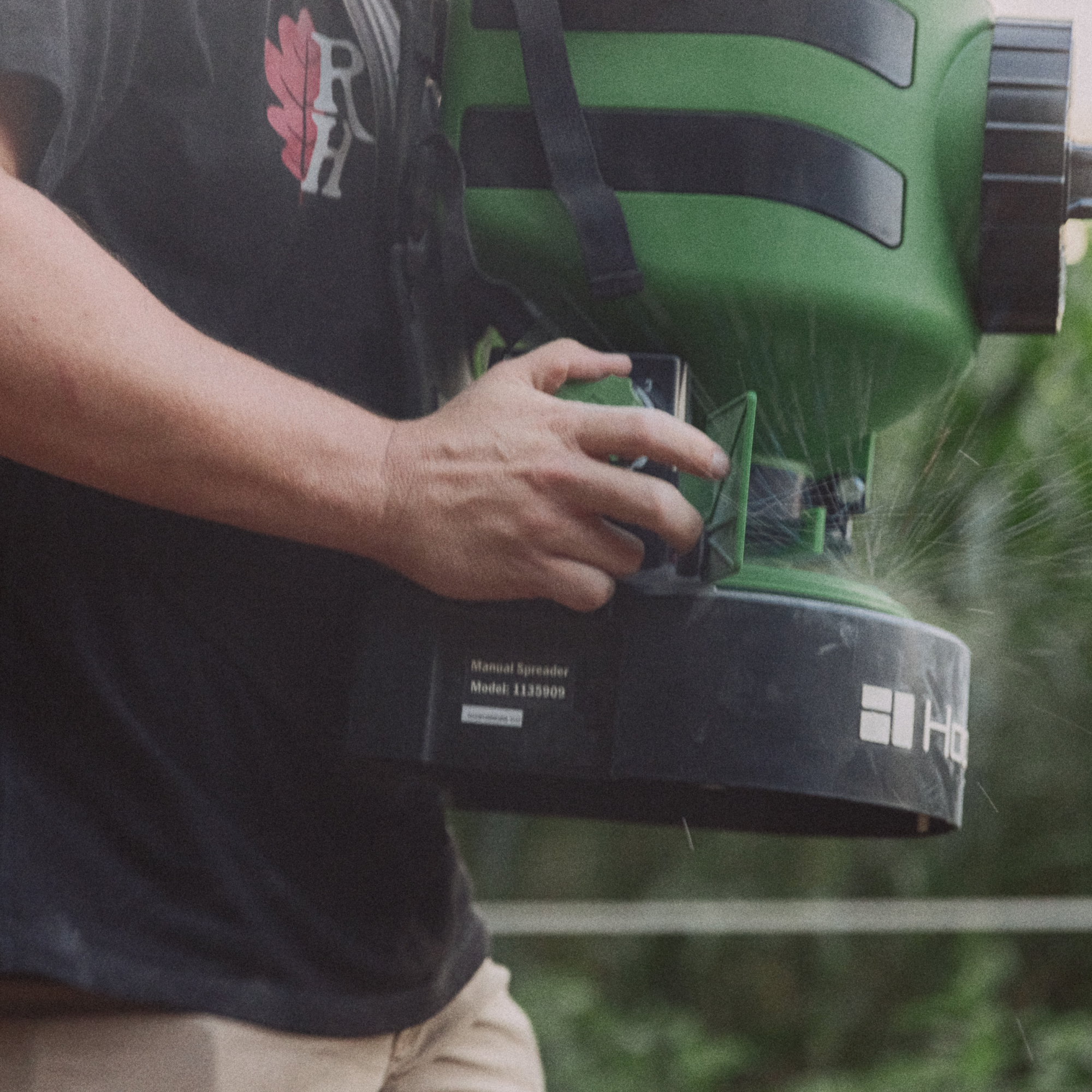Today’s food plots are becoming increasingly diverse to achieve maximum nutritional value and attraction to whitetails at all times of the year. While diversity is great for the soil and benefits the critters, it is important to understand the complexity of herbicides.
Grains
Corn and soybeans are among the most popular food sources for early, mid, and late-season nutrition for the whitetail. These crops should be sprayed pre-emergence (before or after planting but prior to crop emergence) with a burn-down cocktail, as well as post-emergence (generally 30 days after the first herbicide application or planting date) to take down stubborn summer annual weeds.

Your first herbicide application should contain products like glyphosate and 2,4-D, as well as a residual herbicide like S-Metolachlor or Acetochlor. This tank mix will kill winter annual weeds and apply a layer of herbicide to the soil to prevent the next flush of weeds from germinating for many days. Think of it as laying a blanket over the weed seed bank that does not allow those weeds to reach the surface.
Once that application starts to wear off (approximately 3-5 weeks) or you start to see weeds in your plots, a post-emergence trip is warranted. This is where it becomes extremely important to know what trait package your seed has. It is best to contact your seed supplier during this time to inquire what products can be sprayed on your varieties and hybrids.
Clover and Alfalfa
These crops can be tricky to grow weed-free. When establishing a new clover and/or alfalfa plot, use herbicides that have ZERO soil activity to prep the field for planting. We want to ensure we start with a clean, weed-free field. Glyphosate and glufosinate are our recommended active ingredients to kill grasses and broadleaves with no soil activity. Having zero soil activity prior to planting is important to not negatively impact germination of the seeds we are planting. Some elect to use tillage to prep the seedbed rather than herbicide for this reason.

Once established, herbicides like clethodim can be applied to kill grasses only. An application of 2,4-DB (Butyrac 200) can be applied to help combat pesky broadleaf weeds; however, we recommend applying these products separately rather than tank mixed as they can antagonize each other for less than desirable control.
Brassicas/Fall Blends
These plots should follow the zero soil activity herbicide protocol as stated in the clover and alfalfa section to not impede germination of our fall blend. Seedbed prep with tillage is also a valued option to plant into a weed-free seedbed. Once these plots are established, they tend to canopy quickly, and no additional herbicide applications are necessary.

It is always important to read and follow herbicide labels for recommended rates, application processes, PPE, and required adjuvants.
- Hunter Sickels CCA (Certified Crop Advisor), CCS (Certified Crop Specialist)








Leave a comment
This site is protected by hCaptcha and the hCaptcha Privacy Policy and Terms of Service apply.